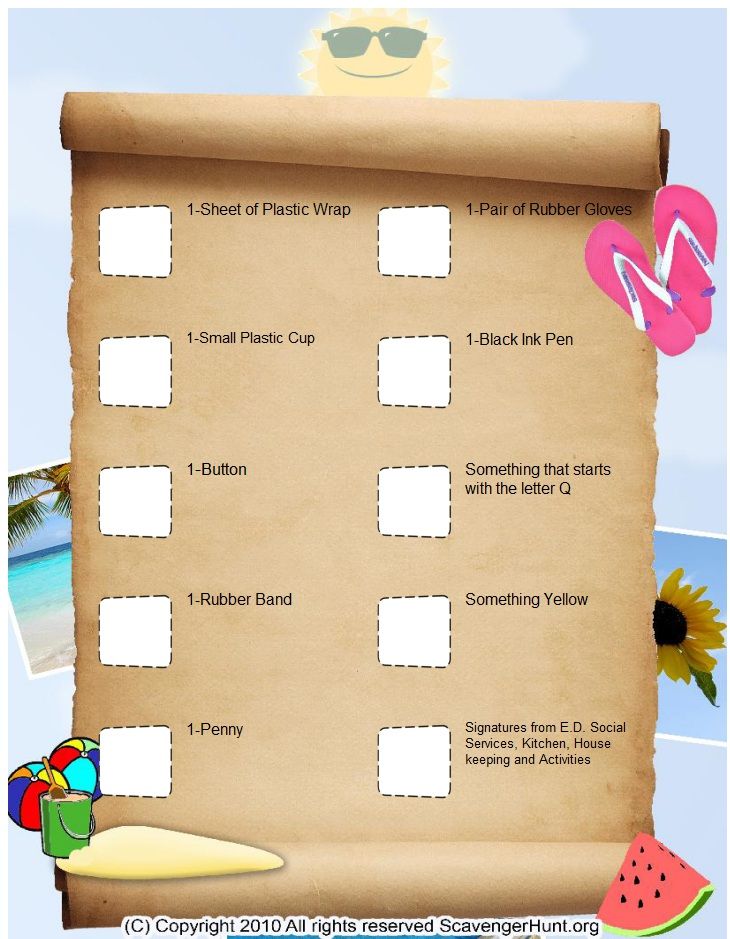Home »
Misc »
How did basketball get its name
How did basketball get its name
Where Basketball was Invented: The History of Basketball
Where Basketball Originated
It was the winter of 1891-1892. Inside a gymnasium at Springfield College (then known as the International YMCA Training School), located in Springfield, Mass., was a group of restless college students. The young men had to be there; they were required to participate in indoor activities to burn off the energy that had been building up since their football season ended. The gymnasium class offered them activities such as marching, calisthenics, and apparatus work, but these were pale substitutes for the more exciting games of football and lacrosse they played in warmer seasons.
James Naismith, The Person Who Invented Basketball
The instructor of this class was James Naismith, a 31-year-old graduate student. After graduating from Presbyterian College in Montreal with a theology degree, Naismith embraced his love of athletics and headed to Springfield to study physical education—at that time, a relatively new and unknown academic discipline—under Luther Halsey Gulick, superintendent of physical education at the College and today renowned as the father of physical education and recreation in the United States.![]()
As Naismith, a second-year graduate student who had been named to the teaching faculty, looked at his class, his mind flashed to the summer session of 1891, when Gulick introduced a new course in the psychology of play. In class discussions, Gulick had stressed the need for a new indoor game, one “that would be interesting, easy to learn, and easy to play in the winter and by artificial light.” No one in the class had followed up on Gulick’s challenge to invent such a game. But now, faced with the end of the fall sports season and students dreading the mandatory and dull required gymnasium work, Naismith had a new motivation.
Two instructors had already tried and failed to devise activities that would interest the young men. The faculty had met to discuss what was becoming a persistent problem with the class’s unbridled energy and disinterest in required work.
During the meeting, Naismith later wrote that he had expressed his opinion that “the trouble is not with the men, but with the system that we are using.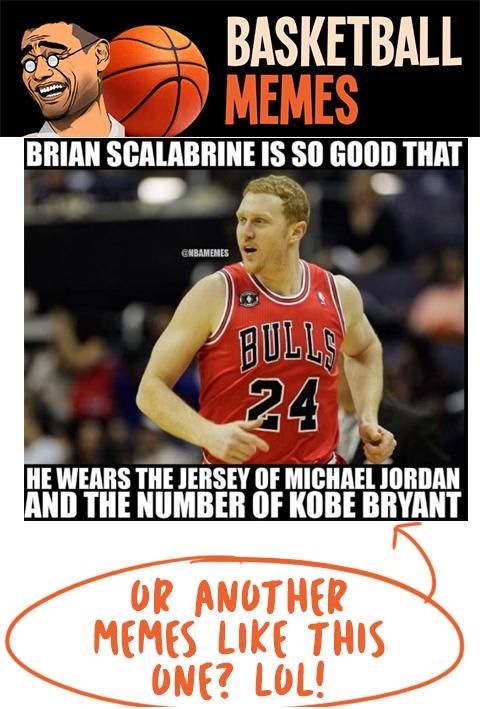 ” He felt that the kind of work needed to motivate and inspire the young men he faced “should be of a recreative nature, something that would appeal to their play instincts.”
” He felt that the kind of work needed to motivate and inspire the young men he faced “should be of a recreative nature, something that would appeal to their play instincts.”
Before the end of the faculty meeting, Gulick placed the problem squarely in Naismith’s lap.
“Naismith,” he said. “I want you to take that class and see what you can do with it.”
So Naismith went to work. His charge was to create a game that was easy to assimilate, yet complex enough to be interesting. It had to be playable indoors or on any kind of ground, and by a large number of players all at once. It should provide plenty of exercise, yet without the roughness of football, soccer, or rugby since those would threaten bruises and broken bones if played in a confined space.
Much time and thought went into this new creation. It became an adaptation of many games of its time, including American rugby (passing), English rugby (the jump ball), lacrosse (use of a goal), soccer (the shape and size of the ball), and something called duck on a rock, a game Naismith had played with his childhood friends in Bennie’s Corners, Ontario.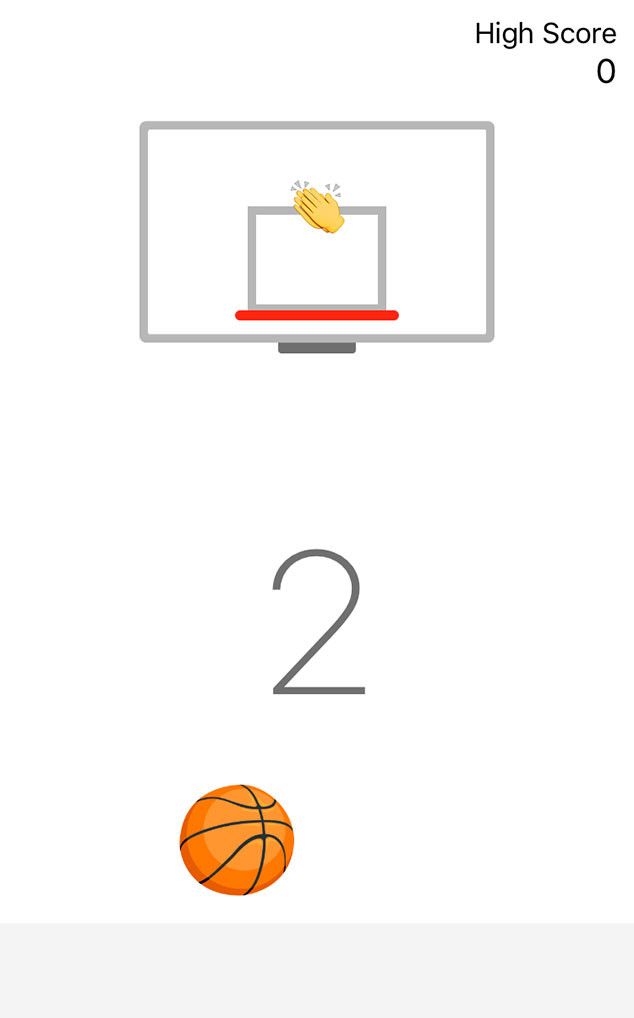 Duck on a rock used a ball and a goal that could not be rushed. The goal could not be slammed through, thus necessitating “a goal with a horizontal opening high enough so that the ball would have to be tossed into it, rather than being thrown.”
Duck on a rock used a ball and a goal that could not be rushed. The goal could not be slammed through, thus necessitating “a goal with a horizontal opening high enough so that the ball would have to be tossed into it, rather than being thrown.”
Naismith approached the school janitor, hoping he could find two, 18-inch square boxes to use as goals. The janitor came back with two peach baskets instead. Naismith then nailed them to the lower rail of the gymnasium balcony, one at each end. The height of that lower balcony rail happened to be ten feet. A man was stationed at each end of the balcony to pick the ball from the basket and put it back into play. It wasn’t until a few years later that the bottoms of those peach baskets were cut to let the ball fall loose.
Naismith then drew up the 13 original rules, which described, among other facets, the method of moving the ball and what constituted a foul. A referee was appointed. The game would be divided into two, 15-minute halves with a five-minute resting period in between. Naismith’s secretary typed up the rules and tacked them on the bulletin board. A short time later, the gym class met, and the teams were chosen with three centers, three forwards, and three guards per side. Two of the centers met at mid-court, Naismith tossed the ball, and the game of “basket ball” was born.
Naismith’s secretary typed up the rules and tacked them on the bulletin board. A short time later, the gym class met, and the teams were chosen with three centers, three forwards, and three guards per side. Two of the centers met at mid-court, Naismith tossed the ball, and the game of “basket ball” was born.
Here's the history of basketball—from peach baskets in Springfield to global phenomenon
James Naismith, a Canadian American physical educator and innovator, invented the game of basketball in Springfield, Massachusetts in 1891 to keep his students active during the winter. The game was an immediate success and the original American sport spread instantly to other colleges and YMCAs. Naismith is pictured here with his wife Maude Evelyn Sherman Naismith.
Photograph via Agefotostock / Alamy Stock Photo
Please be respectful of copyright. Unauthorized use is prohibited.
The nets used by athletes to dunk the ball and score points in the beloved game of basketball evolved from peaches, or rather the baskets used to collect peaches.
That’s what a young athletic director ultimately used on a cold day back in 1891 for a new game he created to keep his students engaged.
James Naismith was a 31-year old graduate student teaching physical education at the International YMCA Training School, now known as Springfield College, in Springfield, Massachusetts when students were forced to stay indoors for days due to a New England storm. The usual winter athletic activities were marching, calisthenics, and apparatus work but they weren’t nearly as thrilling as football or lacrosse which were played during the warmer seasons.
James Naismith, the creator of basketball, stands with the 1899 University of Kansas basketball team.
Photography via Florida Historical 1A / Alamy Stock Photo
Please be respectful of copyright. Unauthorized use is prohibited.
Naismith wanted to create a game that would be simple to understand but complex enough to be interesting. The game had to be playable indoors, and it had to accommodate several players at once.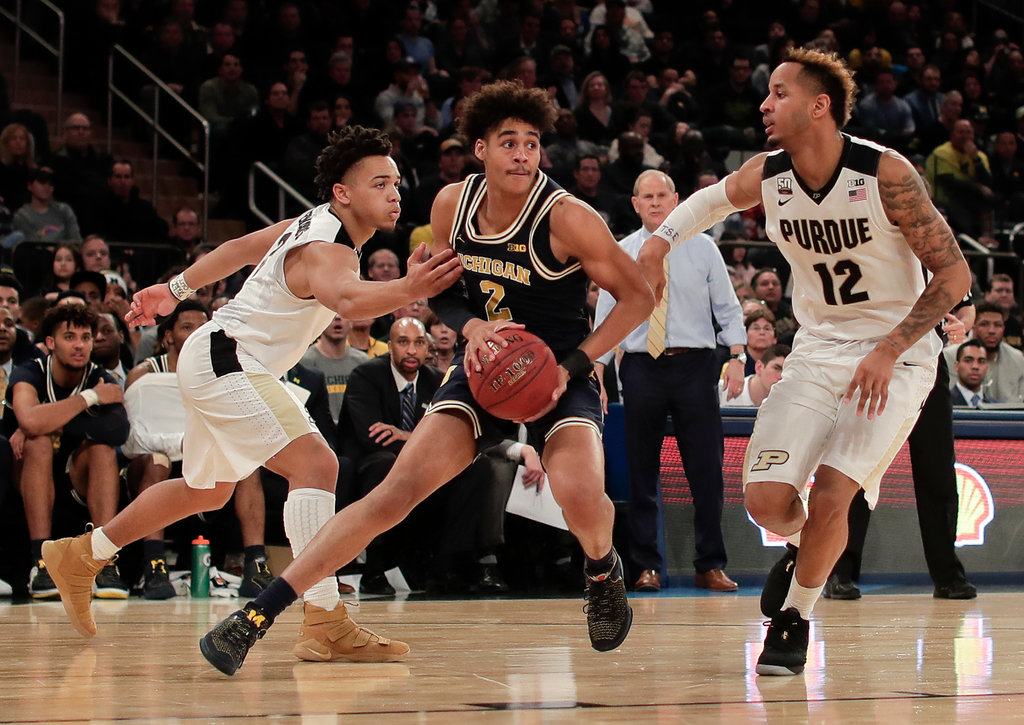 The game also needed to provide plenty of exercise for the students, yet without the physicality of football, soccer, or rugby since those would threaten more severe injuries if played in a confined space. (See 100 years of football in pictures.)
The game also needed to provide plenty of exercise for the students, yet without the physicality of football, soccer, or rugby since those would threaten more severe injuries if played in a confined space. (See 100 years of football in pictures.)
Naismith approached the school janitor, hoping he could find two square boxes to use for goals. When the janitor came back from his search, he had two peach baskets instead. Naismith nailed the peach baskets to the lower rail of the gymnasium balcony, one on each side. The height of that lower balcony rail happened to be 10 feet. The students would play on teams to try to get the ball into their team’s basket. A person was stationed at each end of the balcony to retrieve the ball from the basket and put it back into play.
The first game ever played between students was a complete brawl.
Two boys stand on the first basketball court in the gymnasium of the School for Christian Workers, Springfield, Massachusetts, 1900s.
Photograph via. Hulton Archive/Getty Images
Please be respectful of copyright. Unauthorized use is prohibited.
“The boys began tackling, kicking and punching in the crunches, they ended up in a free for all in the middle of the gym floor before I could pull them apart,” Naismith said during a January 1939 radio program on WOR in New York City called We the People, his only known recording. “One boy was knocked out. Several of them had black eyes and one had a dislocated shoulder.” Naismith said. “After that first match, I was afraid they'd kill each other, but they kept nagging me to let them play again so I made up some more rules.”
The humble beginnings of the only professional sport to originate in the United States laid the foundation for today’s multi-billion-dollar business. The current National Collegiate Athletic Association (NCAA) March Madness college basketball tournament includes the best 68 of more than 1,000 college teams, stadiums that seat tens of thousands of spectators and lucrative television contracts.
Details of the original 1891 copy of the rules of "Basket Ball" are presented at Sotheby's auction house December 3, 2010 in New York City. The two-page document sold for $4.3 million.
Photograph by Chris Hondros, Getty Images
Please be respectful of copyright. Unauthorized use is prohibited.
Original rules of the game
Naismith didn’t create all of the rules at once, but continued to modify them into what are now known as the original 13 rules. Some are still part of the modern game today. Naismith’s original rules of the game sold at auction in 2010 for $4.3 million.
In the original rules: The ball could be thrown in any direction with one or both hands, never a fist. A player could not run with the ball but had to throw it from the spot where it was caught. Players were not allowed to push, trip or strike their opponents. The first infringement was considered a foul. A second foul would disqualify a player until the next goal was made.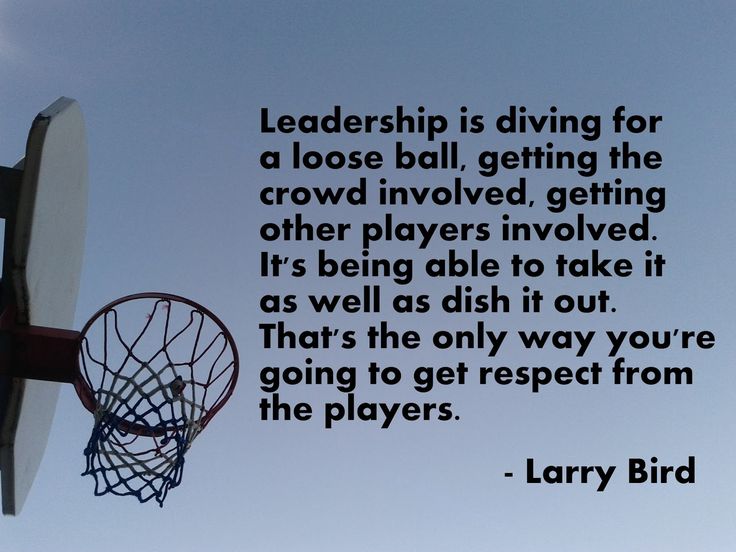 But if there was evidence that a player intended to injure an opponent, the player would be disqualified for the whole game.
But if there was evidence that a player intended to injure an opponent, the player would be disqualified for the whole game.
Umpires served as judges for the game, made note of fouls and had the power to disqualify players. They decided when the ball was in bounds, to which side it belonged, and managed the time. Umpires decided when a goal had been made and kept track of the goals.
If a team made three consecutive fouls, the opposing team would be allowed a goal.
A goal was made when the ball was thrown or batted from the grounds into the basket and stayed there. If the ball rested on the edges, and the opponent moved the basket, it would count as a goal. When the ball went out of bounds, it was thrown into the field of play by the person first touching it. The person throwing the ball was allowed five seconds; if he held it longer, the ball would go to the opponent. In case of a dispute, an umpire would throw the ball straight into the field. If any side persisted in delaying the game, the umpire would call a foul on that side.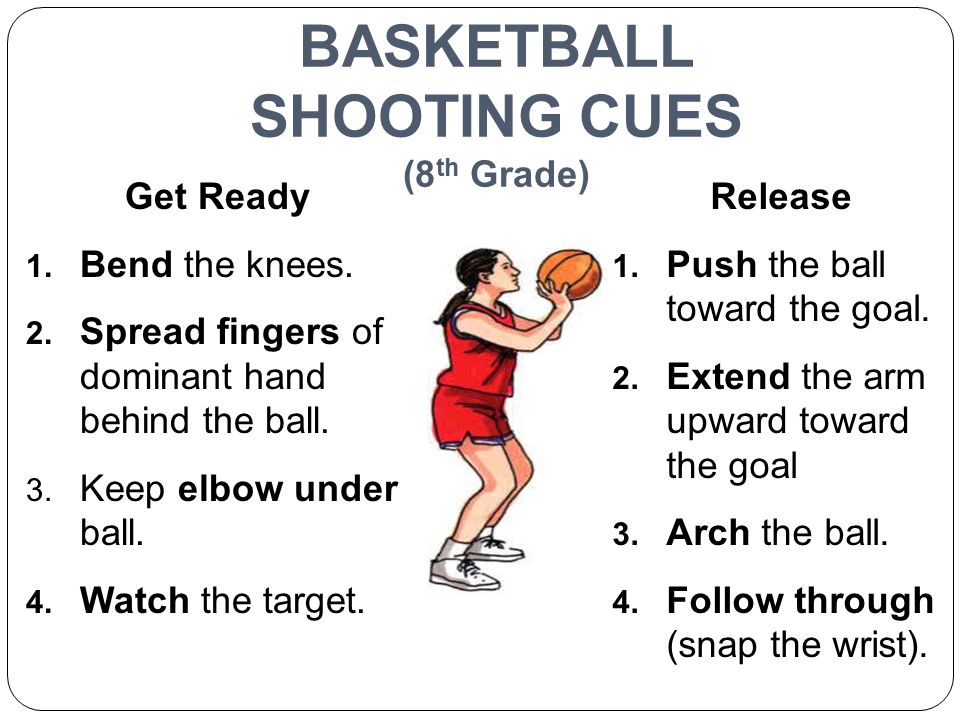
The length of a game was two 15-minute halves, with five minutes' rest between. The team making the most goals within the allotted time was declared the winner. If a game was tied, it could be continued until another goal was made.
Please be respectful of copyright. Unauthorized use is prohibited.
Please be respectful of copyright. Unauthorized use is prohibited.
Left: University of Kansas women's basketball team members Marcella Morewitz, left, and Grace Endicott get expert coaching from Dr. James Naismith, a member of the university's faculty and inventor of basketball, in 1926.
Photograph by George Rinhart, Corbis/Getty Images
Right: Olivia Nelson-Ododa (#20) of the University of Connecticut Huskies goes up for a basket against Digna Strautmane (#45) of the Syracuse Orange during the second round of the 2021 NCAA Women’s Basketball Tournament at the Alamodome on March 23, 2021 in San Antonio, Texas. UCONN won the game and advanced to the Sweet 16. The Huskies have won more NCAA championships than any other women's basketball team in the nation. They cut down the nets, an honor for the winning team, in 1995, 2000, 2002, 2003, 2004, 2009, 2010, 2013, 2014, 2015, 2016.
UCONN won the game and advanced to the Sweet 16. The Huskies have won more NCAA championships than any other women's basketball team in the nation. They cut down the nets, an honor for the winning team, in 1995, 2000, 2002, 2003, 2004, 2009, 2010, 2013, 2014, 2015, 2016.
Photograph by Carmen Mandato, Getty Images
First public gamesThe first public game of basketball was played in a YMCA gymnasium and was recorded by the Springfield Republican on March 12th, 1892. The instructors played against the students. Around 200 spectators attended to discover this new sport they had never heard of or seen before. In the story published by the Republican, the teachers were credited with “agility” but the student’s “science” is what led them to defeat the teachers 5-1.
Within weeks the sport’s popularity grew rapidly. Students attending other schools introduced the game at their own YMCAs. The original rules were printed in a college magazine, which was mailed to YMCAs across the country.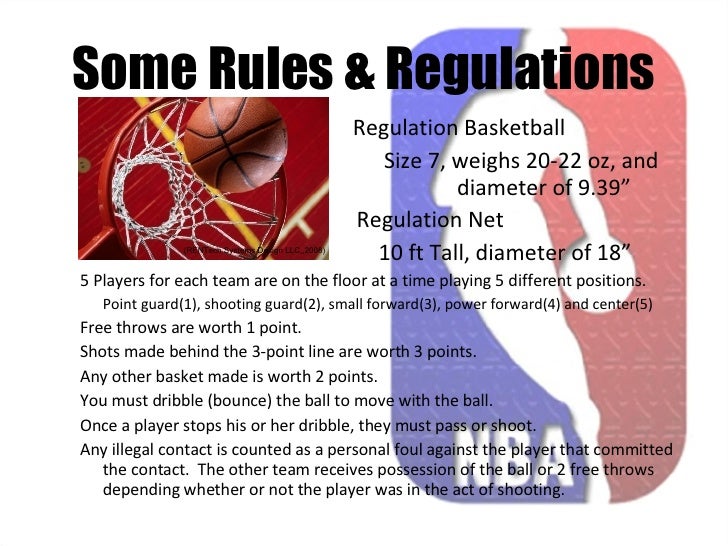 With the colleges’ well-represented international student body the sport also was introduced to many foreign nations. High schools began to introduce the new game, and by 1905, basketball was officially recognized as a permanent winter sport.
With the colleges’ well-represented international student body the sport also was introduced to many foreign nations. High schools began to introduce the new game, and by 1905, basketball was officially recognized as a permanent winter sport.
The first intercollegiate basketball game between two schools is disputed, according to the NCAA. In 1893, two school newspaper articles were published chronicling separate recordings of collegiate basketball games facing an opposing college team.
In 1892, less than a year after Naismith created the sport, Smith College gymnastics instructor Senda Berenson, introduced the game to women’s athletics. The first recorded intercollegiate game between women took place between Stanford University and University of California at Berkeley in 1896.
With the sport’s growth in popularity, it gained notice from the International Olympic Committee and was introduced at the 1904 Olympic Games in St. Louis as a demonstration event. It wasn’t until 1936 that basketball was recognized as a medal event. Women’s basketball wasn’t included as an Olympic medal event until the 1976 Montreal games. (Wheelchair basketball in Cambodia changed these women's lives.)
Women’s basketball wasn’t included as an Olympic medal event until the 1976 Montreal games. (Wheelchair basketball in Cambodia changed these women's lives.)
Jim Baechtold (10) of the New York Knickerbockers and Bob Brannum (18) of the Boston Celtics try to get a rebound in the first quarter of a March 16, 1954 NBA playoff game at the Boston Garden. Others in the picture are Celtics Chuck Cooper (11) center, and Bob Cousy (14) left. In 1950, Cooper was the first Black basketball player drafted by an NBA team.
Please be respectful of copyright. Unauthorized use is prohibited.
As the sport continued its rapid spread, professional leagues began to form across the United States. Basketball fans cheered on their new hometown teams. The first professional league was the National Basketball League (NBL) formed in 1898, comprised of six teams in the northeast. The league only lasted about five years. After it dissolved in 1904, the league would be reintroduced 33 years later in 1937 with an entirely new support system, with Goodyear, Firestone, and General Electric corporations as the league owners, and 13 teams.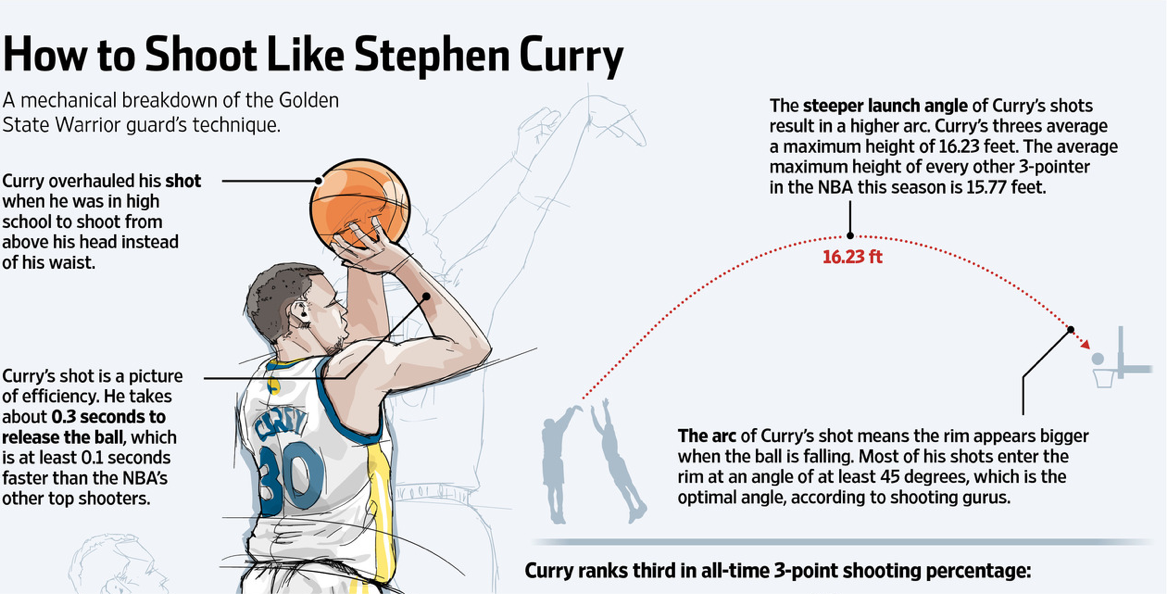
While professional sports leagues gained nationwide attention, college basketball was also a major fixture. The first NCAA tournament, which included eight teams, was held in 1939 at Northwestern University. The first collegiate basketball national champion was the University of Oregon. The team defeated Ohio State University.
Please be respectful of copyright. Unauthorized use is prohibited.
Please be respectful of copyright. Unauthorized use is prohibited.
Left: Villagers watch a basketball game at Yangping Village in Yuncheng, Shanxi Province, China on July 12, 2020.
Photograph by Shi Yunping, VCG / Getty Images
Right: Oklahoma City Thunder player Steven Adams (12) rebounds in a game against the Portland Trail Blazers at Chesapeake Energy Arena in Oklahoma City, Oklahoma, on April 21, 2019.
Photograph by Greg Nelson, Sports Illustrated / Getty Images
Like most of the United States in the early to mid 1900s, basketball was segregated.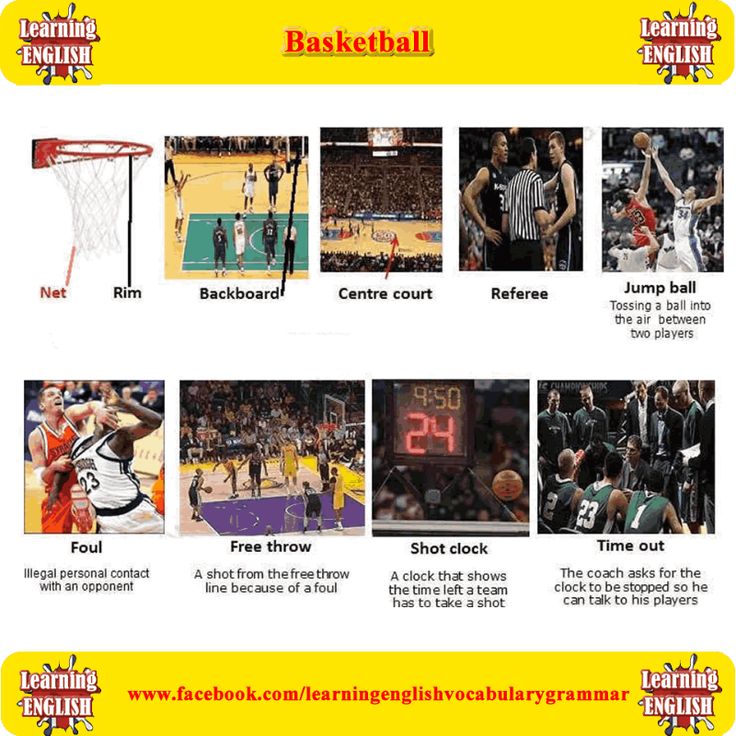 The sport wouldn’t be integrated until 1950 when Chuck Cooper was drafted by the Boston Celtics. Prior to Cooper being drafted there were groups of black teams across the country, commonly known as “the black fives”, which referred to the five starting players on a basketball team. All-black teams were often referred to as colored quints or Negro cagers. The teams flourished in New York City, Washington, D.C., Pittsburgh, Philadelphia, Chicago, and in other cities with substantial African American populations. They were amateur, semi-professional, and professional.
The sport wouldn’t be integrated until 1950 when Chuck Cooper was drafted by the Boston Celtics. Prior to Cooper being drafted there were groups of black teams across the country, commonly known as “the black fives”, which referred to the five starting players on a basketball team. All-black teams were often referred to as colored quints or Negro cagers. The teams flourished in New York City, Washington, D.C., Pittsburgh, Philadelphia, Chicago, and in other cities with substantial African American populations. They were amateur, semi-professional, and professional.
Of the more than 1,000 collegiate basketball teams across all divisions of the NCAA, 68 teams play in the annual March Madness tournament. The best college teams from each conference around the country compete for a place in the Sweet 16, Elite Eight, Final Four and, ultimately, the national championship. Though basketball might not be played the same way as it was when Naismith invented it—peach baskets have been replaced with nets, metal hoops and plexiglass blackboards—its evolution proves that the game has transcended a century.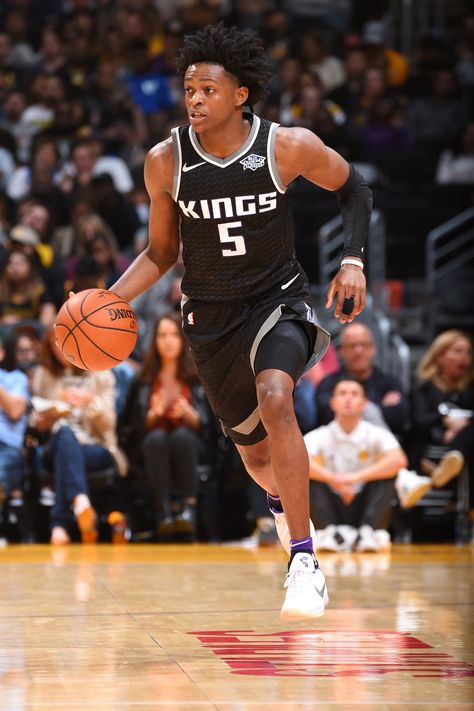
Read This Next
Subscriber Exclusive Content
Why are people so dang obsessed with Mars?
How viruses shape our world
The era of greyhound racing in the U.S. is coming to an end
See how people have imagined life on Mars through history
See how NASA’s new Mars rover will explore the red planet
Why are people so dang obsessed with Mars?
How viruses shape our world
The era of greyhound racing in the U.S. is coming to an end
See how people have imagined life on Mars through history
See how NASA’s new Mars rover will explore the red planet
Why are people so dang obsessed with Mars?
How viruses shape our world
The era of greyhound racing in the U.S. is coming to an end
See how people have imagined life on Mars through history
See how NASA’s new Mars rover will explore the red planet
See More
How did basketball get its name?.

Everything about everything. Volume 1
How did basketball get its name?
Guess which game in the United States has more viewers than any other? You will probably be surprised when you find out that this is basketball.
Basketball is often called an "international game" because it is played in every civilized country. However, basketball, unlike some other games, did not evolve gradually over the centuries. It was invented by one man, James Naismith, a Canadian by birth, in 1891 year.
Naismith wanted to get the students of Springfield Sports School in Massachusetts interested in some new game. He combined the Native American hockey-like game of lacrosse with British football to create a game that could be played indoors.
Naismith's game was not to use a stick, as in lacrosse, or kick the ball, as in football. The ball here is passed from player to player or is dribbled by one player and thrown at the target with only hands. At first, a hanging wicker basket was used as a target, so Naismith called the game "basketball" ("basket" is the English word for "basket").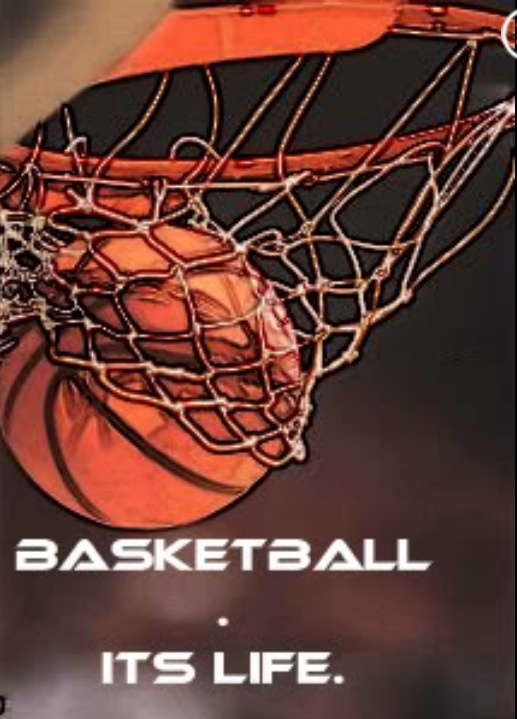
In basketball, as in many other games, a player's place is determined by his specific abilities. Those who are good at getting points with well-aimed throws are usually used in offense, where they lead an attack on the opponent's ring.
The center player is usually very tall. He must be able to pass the ball to a teammate during the initial toss. His height should also give the team "backboard control", which means keeping the ball in sight when it bounces off the ring or backboard after an inaccurate shot.
Defenders must do everything to prevent the opponent's forwards from winning points, so they must be mobile, cunning and have time to take part in the attacks of their team at the same time.
How did the element tellurium get its name?
How did the element tellurium get its name? In 1789, the German chemist Martin Heinrich Klaproth (1743–1817) discovered a new chemical element.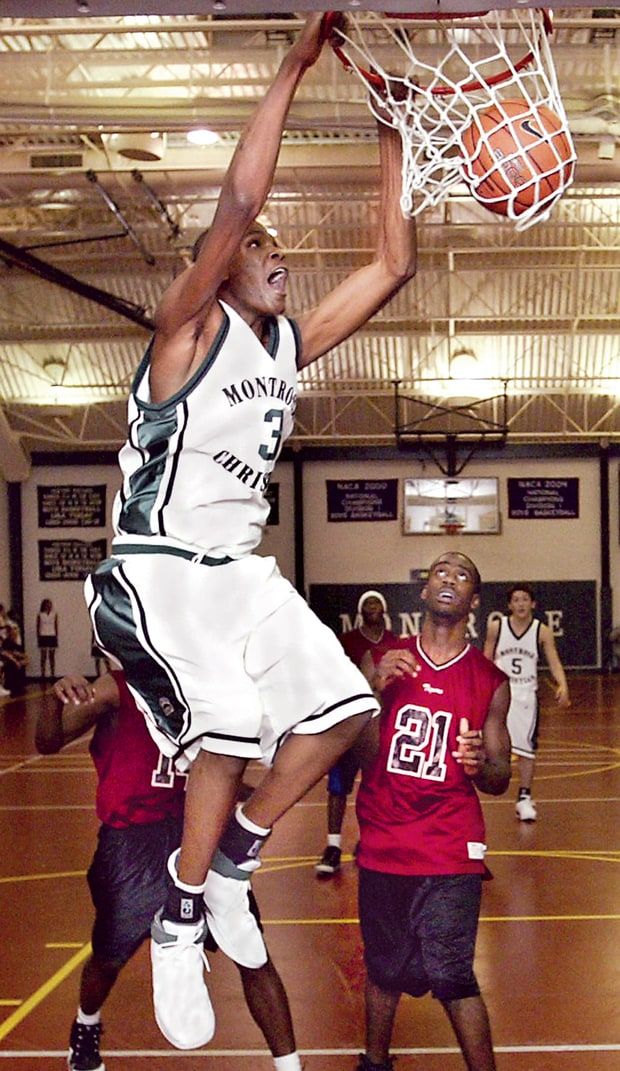 At this time, the world scientific community was still under the impression of the discovery of the planet Uranus (by William Herschel in 1781), and
At this time, the world scientific community was still under the impression of the discovery of the planet Uranus (by William Herschel in 1781), and
In whose honor did the Cadillac car get its name?
In whose honor did the Cadillac car get its name? Cadillac is a brand of passenger cars produced since 1902 by the General Motors concern in the United States (since 1908 - a branch of the Cadillac Motor Car of this concern). This car got its name in honor of
How did the apache collar get its name?
How did the apache collar get its name? The turn-down, unbuttoned apache collar (French apache) got its name from the name of the Apache Indian tribe during the period of France's participation in the colonization of North America (late 16th century). The French also used this word in
How did the Arbat get its name?
How did the Arbat get its name? Now not only Muscovites, but also residents of other cities and countries know the name of this old Moscow street and, when they come to Moscow, they try to get to the Arbat. Once a calm and quiet street has acquired a new look,
Once a calm and quiet street has acquired a new look,
Why did the asteroid Aton get its name?
Why did the asteroid Aten get its name? Discovered on January 7, 1976, the tiny asteroid Aten (about 800 meters across) is named after the ancient Egyptian sun god, because its entire orbit lies inside the earth's orbit. The maximum distance of Aten from the Sun is
How did the Pacific get its name?
How did the Pacific get its name? In 1513, the Spanish conquistador Vasco Nunez de Balboa (1475-1519), in search of a rich southern coastal country (Peru), was the first European to cross the Isthmus of Panama at its narrowest point and on September 29 came out (at the head of a detachment of 27 people)
How did the Paricutin volcano in Mexico get its name?
How did the Paricutin volcano in Mexico get its name? 20 February 19For 43 years, in the village of Paricutin, located three hundred kilometers west of the Mexican capital, a volcano appeared on the site of an ordinary corn field. During the year, the volcano grew to a height of 450 meters and
During the year, the volcano grew to a height of 450 meters and
Why did the wild cucumber get its name?
Why did the wild cucumber get its name? Crazy cucumber (Ecballium elaterium) is a perennial herbaceous plant in the Cucurbitaceae family. It lives mainly along the shores of the Mediterranean and Black Seas in dry open places. It got its name from
How did the agave get its name?
How did the centennial get its name? The scientific name of this plant is "agave", and it is called an agave by mistake! Many believe that this plant blooms only after reaching a hundred years of age. The truth is that its flowering depends on the individual
How did the grapefruit get its name?
How did the grapefruit get its name? A grapefruit is twice the size of an orange and certainly much larger than a grape. Although grapefruit got its name just from grapes (in English - “grape”). If you walked through a grapefruit garden, you,
Although grapefruit got its name just from grapes (in English - “grape”). If you walked through a grapefruit garden, you,
Why did the wild cucumber get its name?
Why did the wild cucumber get its name? Crazy cucumber (Ecballium elaterium) is a perennial herbaceous plant in the Cucurbitaceae family. It lives mainly along the shores of the Mediterranean and Black Seas in dry open places. It got its name from
How did the apache collar get its name?
How did the apache collar get its name? The turn-down, unbuttoned apache collar (French apache) got its name from the name of the Apache Indian tribe during the period of France's participation in the colonization of North America (late 16th century). The French also used this word in
History of world basketball and history of basketball in Russia
replica Swiss watches
Basketball (English basket - basket, ball - ball) is one of the most popular team sports in the world.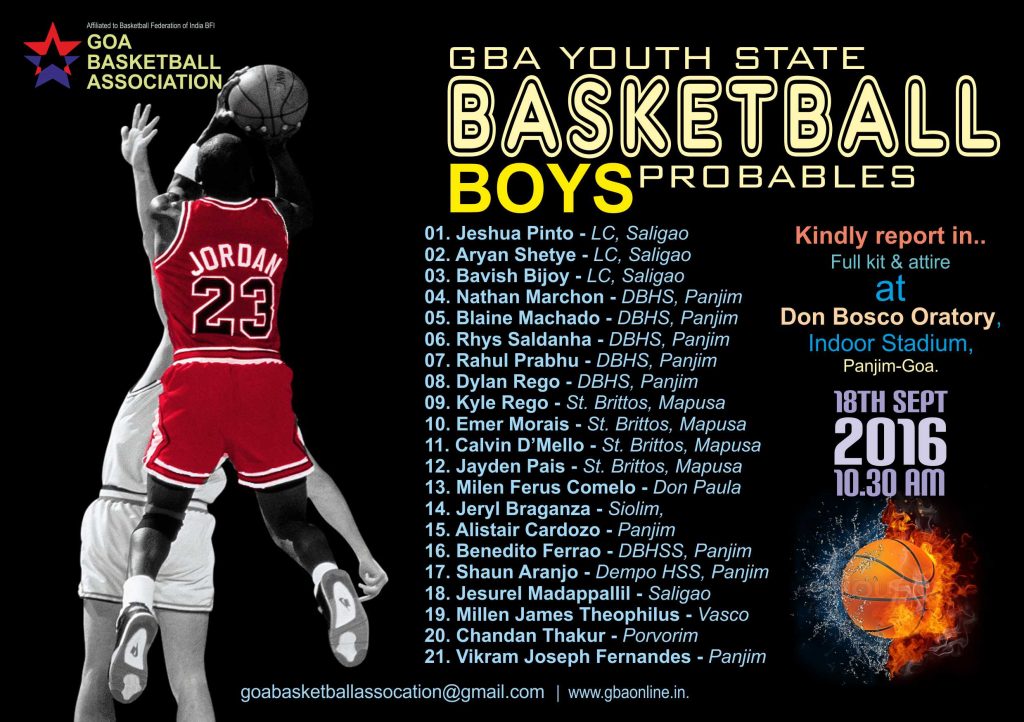 Basketball is played by two teams, each consisting of five players. The goal of each team is to throw the ball with their hands into the opponent's net ring (basket) and prevent the other team from taking possession of the ball and throwing it into their own basket. The basket is at a height of 3.05 meters (10 feet) from the floor. There are 5 people from each team on the court, in total there are 12 people in the team, substitutions are not limited. For a ball thrown from close and medium distances, 2 points are counted, (because of the three-point line) - 3 points. A free throw is worth one point. The standard size of a basketball court is 28 meters long and 15 meters wide. Basketball is one of the most popular sports in the world.
Basketball is played by two teams, each consisting of five players. The goal of each team is to throw the ball with their hands into the opponent's net ring (basket) and prevent the other team from taking possession of the ball and throwing it into their own basket. The basket is at a height of 3.05 meters (10 feet) from the floor. There are 5 people from each team on the court, in total there are 12 people in the team, substitutions are not limited. For a ball thrown from close and medium distances, 2 points are counted, (because of the three-point line) - 3 points. A free throw is worth one point. The standard size of a basketball court is 28 meters long and 15 meters wide. Basketball is one of the most popular sports in the world.
Basketball around the world
In the winter of 1891, the students of the Youth Christian Association College in Springfield, Massachusetts, forced to perform endless gymnastic exercises, considered at that time almost the only means of introducing young people to sports, were very bored in physical education classes. It was necessary to put an end to the monotony of such activities, to introduce a fresh stream into them, which would be able to satisfy the competitive needs of strong and healthy young people.
It was necessary to put an end to the monotony of such activities, to introduce a fresh stream into them, which would be able to satisfy the competitive needs of strong and healthy young people.
College teacher James Naismith found a way out of a seemingly dead-end situation. On December 1, 1891, he tied two peach baskets to the railing of the balcony of the sports hall and, dividing eighteen students into two teams, offered them a game, the meaning of which was to throw more balls into the opponents' basket.
The idea of this game originated in his school years, when children played the old game "duck-on-a-rock". The meaning of this game, popular at that time, was as follows: throwing a small stone, it was necessary to hit the top of another stone, larger in size, with it.
Quite pragmatically called "basketball" game only remotely resembled modern basketball. There was no dribbling, the players only threw it to each other, standing still, and then tried to throw it into the basket, and only with both hands from below or from the chest, and after a successful throw, one of the players climbed onto a ladder attached to the wall and removed the ball from the basket .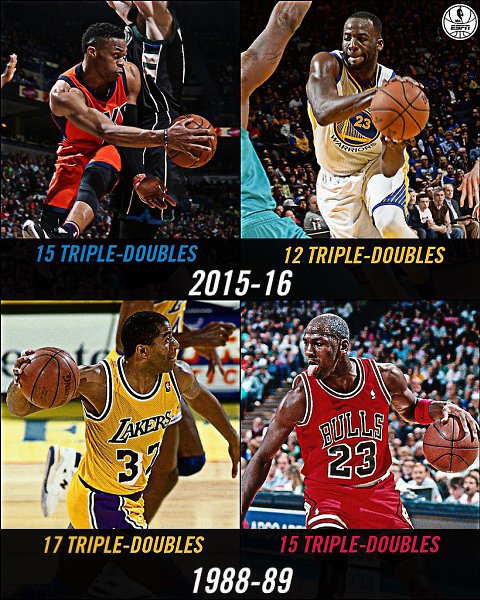 From a modern point of view, the actions of the teams would seem to us sluggish and inhibited, but the goal of Dr. Naismith was to create a team game in which a large number of participants could be involved at the same time, and his invention fully met this task.
From a modern point of view, the actions of the teams would seem to us sluggish and inhibited, but the goal of Dr. Naismith was to create a team game in which a large number of participants could be involved at the same time, and his invention fully met this task.
Very quickly, starting in 1895, basketball from the USA penetrated first to the East - to Japan, China, the Philippines, as well as to Europe and South America.
In 1904, at the Olympic Games in St. Louis (USA), the Americans organized an exhibition tournament between teams from several cities. Similar demonstration tournaments were held at the 1924 (Paris) and 1928 (Amsterdam) Olympics.
Basketball associations were created in a number of countries, but organizational disunity hindered international contacts and hindered the further development of basketball. June 18 1932 in Geneva, the first international conference of national basketball associations took place. The meeting decided to establish the International Federation of Basketball Associations (FIBA).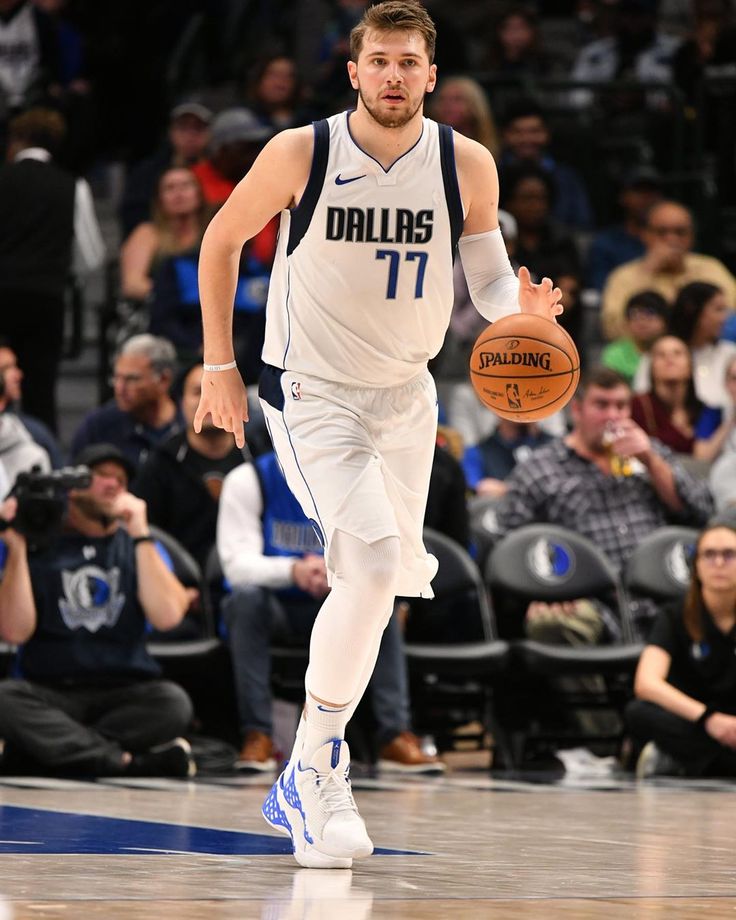 The first international rules of the game were adopted in 1932 at the first FIBA Congress, after which they were repeatedly adjusted and changed, the last significant changes were made in 1998 and 2004.
The first international rules of the game were adopted in 1932 at the first FIBA Congress, after which they were repeatedly adjusted and changed, the last significant changes were made in 1998 and 2004.
In 1935, the International Olympic Committee decided to recognize basketball as an Olympic sport.
Basketball made its Olympic debut at the XI Olympic Games in Berlin in 1936. Men's teams from 21 countries took part in the tournament. Competitions were held in open areas, all subsequent Olympic tournaments were held indoors. The USA team became the first Olympic champion.
The debut of women's basketball at the Olympic Games took place in 1976 in Montreal. Six teams participated in the tournament. The first Olympic champions were the basketball players of the USSR national team, who became champions twice more. The first European Championship among men was held at 1935 in Geneva. Latvian basketball players won. The first European Women's Championship was held in Rome in 1938, which was won by Italian basketball players.
The decision to hold the world championships among men was made at the FIBA congress during the 1948 Olympics. in London. The first World Basketball Championship took place in 1950. in Buenos Aires (Argentina). 10 teams took part in the championship. The first world champion was the team of Argentina, who defeated the 1948 Olympic champion team of the United States.
At the FIBA congress in Helsinki, in 1952 (during the Olympic Games), it was decided to hold the Women's World Championships. The first championship was held in 1953 in Santiago (Chile), and the first champions were American basketball players.
Thus, the game, which was once invented just for the sake of diversifying the physical education lessons of students, has become one of the most popular and massive sports games in the world. With the development of the Game, its rules were changed and supplemented, as well as the equipment and layout of the site (for example, the introduction of a time limit (24 seconds) for an attack by the team of the opponent's basket, or the appearance of a line, for hitting due to which the team is awarded 3 points (1984)).
Basketball in Russia
Basketball in Russia was born in 1906. Place of birth - St. Petersburg, sports society "Mayak".
The gymnasts of this society created the first basketball teams, then the teams appeared in the "Bogatyr" society, and some others. But before the October Revolution of 1917. this game was cultivated practically only in the capital of Russia - Petersburg. The new life of basketball in Russia begins in the early twenties. As an independent subject, basketball is introduced first at the Main Military School of Physical Education of Workers, and a little later at the Moscow Institute of Physical Culture.
Graduates of these educational institutions became the first specialists in basketball in our country.
The basketball tournament held in 1923 is considered to be the first championship of the country. at the first All-Union Physical Culture Festival. In the same 1923 appeared in the USSR and the first official rules.
In 1947, the All-Union Basketball Section became a member of the International Basketball Federation.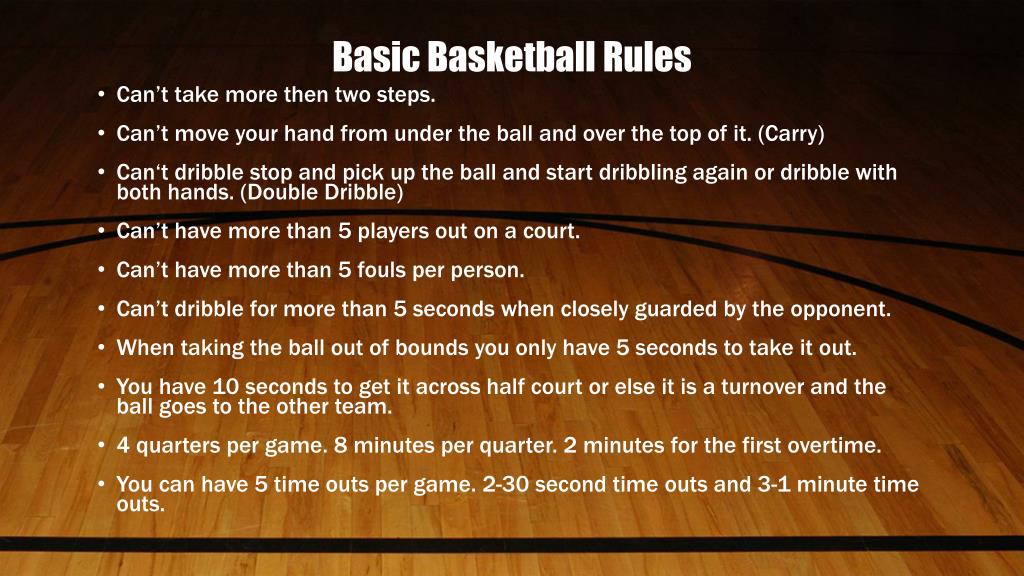 Soviet basketball players received the right to participate in all competitions organized by FIBA. In the same year, the USSR national men's team took part in the European Championship. Our basketball players defeated the teams of Yugoslavia, Hungary, Bulgaria, Egypt, Poland and met in the final with the European champion - the team of Czechoslovakia. Having won with a score of 56:37, the USSR national team won the title of European champion.
Soviet basketball players received the right to participate in all competitions organized by FIBA. In the same year, the USSR national men's team took part in the European Championship. Our basketball players defeated the teams of Yugoslavia, Hungary, Bulgaria, Egypt, Poland and met in the final with the European champion - the team of Czechoslovakia. Having won with a score of 56:37, the USSR national team won the title of European champion.
The USSR men's team was one of the strongest teams in the world during the 1950s, 1960s, 1970s and 1980s.
In total, in the final stages of 39 tournaments (9 Olympiads, 9 World Championships and 21 Europeans) from 1947 to 1990, in which the USSR team took part, only at the very first World Cup in 1959, the Soviet team failed to get into the number winners, and even then only for political reasons, the team was deprived of gold, since despite the fact that the USSR team won all its matches, it refused to play with the Taiwanese team.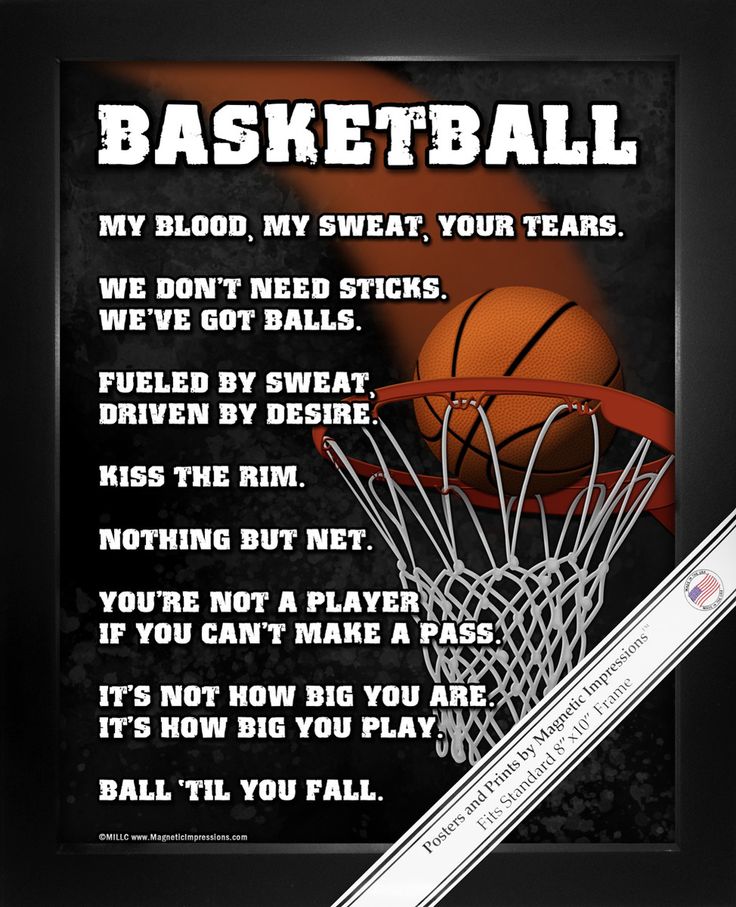 Such a unique achievement has not been conquered by any other basketball team.
Such a unique achievement has not been conquered by any other basketball team.
Here is a complete list of historical achievements of the USSR men's team:
Olympic champion (2): 1972, 1988.
Olympic silver medalist (4): 1956, 1960, 1964, 1968
Olympic bronze medalist (3): 1968, 1976, 1980
World Champion (3): 1967, 1974, 1982
Vice World Champion (3): 1978, 1986, 1990
European Champion (14): 1947, 1951, 1953, 1957, 1959, 1961, 1963, 1965, 1967, 1969, 1971, 1979, 1981, 1985 (From 1957 to 1971, the USSR national team won 8 European Championships in a row).
The performances of the USSR women's team on the international arena look no less impressive:
The USSR national team - 21 times became the champion of Europe (1950-1956, 1960-1991)
6 times the USSR national team held the title of World Champion (19649, , 1967, 1971, 1975 and 1983) and twice became the bronze medalist (1957 and 1986)
Three times the team became the Champion of the Olympic Games (1976, 1980, 1992 (under the flag of the united team)), in 1988 the USSR women's team became the bronze medalist of the Seoul Olympics.